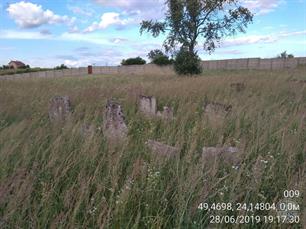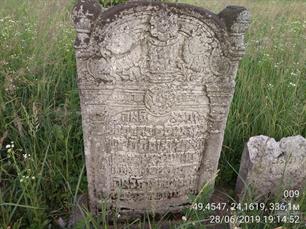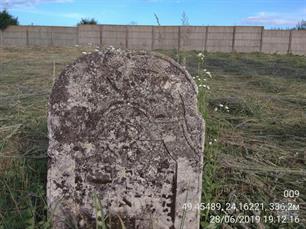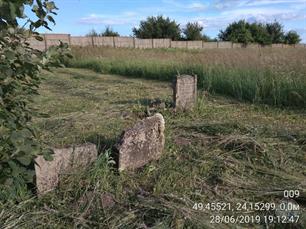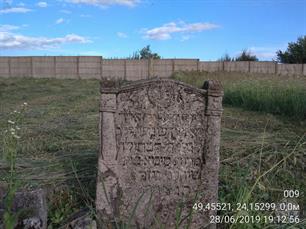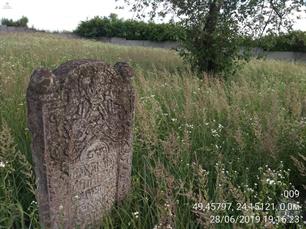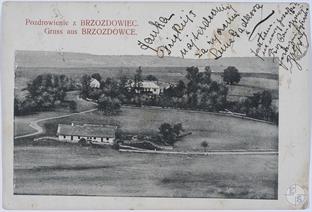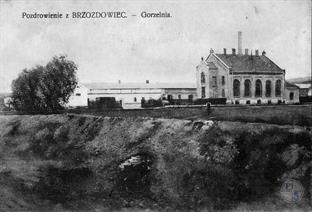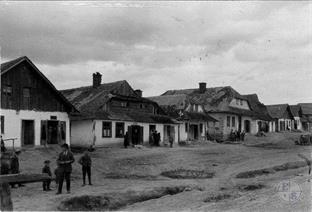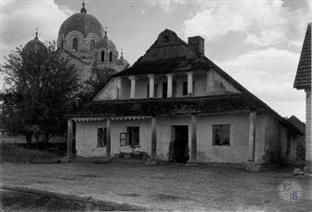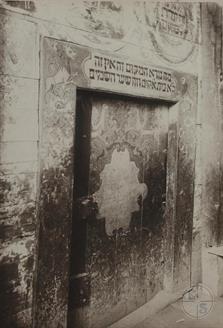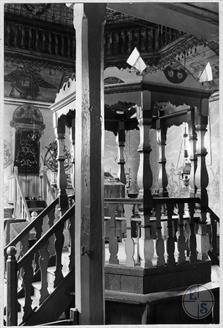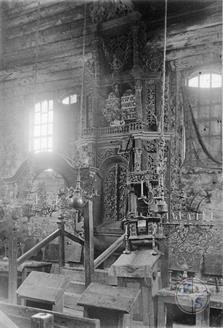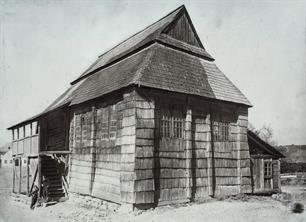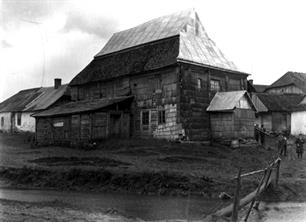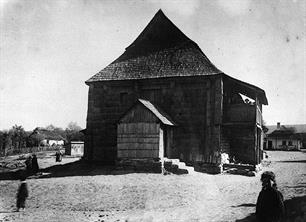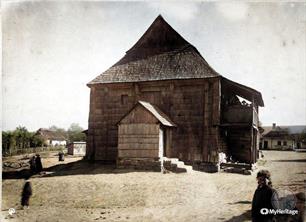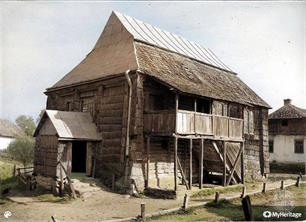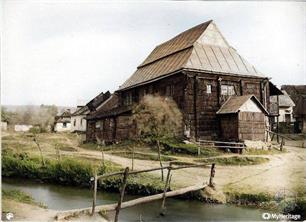Berezdivtsi
Stryy district, Lviv region
Sources:
- Russian Jewish encyclopedia
- Virtual Shtetl. Brzozdowce
Photo:
- Jewish Cemeteries Initiative. Berezdivtsi Jewish Cemetery
- Biblioteka Narodowa Polona. Brzozdowce
- Szymon Zajczyk, Zbiory Instytutu Sztuki PAN, Warszawa. Published by Virtual Shtetl, Brzozdowce History, Kresy.pl, Center for Jewish art
- Russian Jewish encyclopedia
- Virtual Shtetl. Brzozdowce
Photo:
- Jewish Cemeteries Initiative. Berezdivtsi Jewish Cemetery
- Biblioteka Narodowa Polona. Brzozdowce
- Szymon Zajczyk, Zbiory Instytutu Sztuki PAN, Warszawa. Published by Virtual Shtetl, Brzozdowce History, Kresy.pl, Center for Jewish art
Berezdivtsi (Brzozdowce; ukr. Берездівці), a village in Lviv region. In the 19th - beginning of the 20th century - in the province of Galicia as part of Austria-Hungary. In 1919–39 - in the Lviv Voivodeship as part of Poland, in 1939–91 - as part of the Ukrainian SSR.
Jews started to settle in Berezdivtsi at the end of the 17th century. In the 18th century, a wooden synagogue and a cemetery were founded in the town.
In 1880, Berezdivtsi had 640 Jewish inhabitants, and around the end of the 19th century – ca. 500.
The community constituted ca. 20–30% of the total population.
In 1894, the post of the rabbi was assumed by Baruch Rubin; he served as rabbi of Gherli in Transylvania after World War I and was a renowned Hasidic religious writer, author of the work titled She'erit Baruch (published in New York as late as 1974).
In 1921, 440 Jews lived in the town inhabited by 2,376 people (18.5%).
Jews started to settle in Berezdivtsi at the end of the 17th century. In the 18th century, a wooden synagogue and a cemetery were founded in the town.
In 1880, Berezdivtsi had 640 Jewish inhabitants, and around the end of the 19th century – ca. 500.
The community constituted ca. 20–30% of the total population.
In 1894, the post of the rabbi was assumed by Baruch Rubin; he served as rabbi of Gherli in Transylvania after World War I and was a renowned Hasidic religious writer, author of the work titled She'erit Baruch (published in New York as late as 1974).
In 1921, 440 Jews lived in the town inhabited by 2,376 people (18.5%).
In the interwar period, the community did not play a significant role in the local economy. The Address Book of Poland … for trade, industry, crafts and agriculture from 1930 mentions very few names of Jews from Brzozdowce, all of whom made rather modest contributions to the local economic life (tailors, butchers, bookstore, leather workshop, tobacco shop, tavern).
In September 1939, Brzozdowce and the entire Lviv region were occupied by the Soviets. The new authorities nationalised all enterprises and brought free political and cultural life to a halt.
In June 1941, the town was taken over by Germans. The Jewish community existed until the second half of 1942. At that time, the Germans drove the local Jews to the Bibrka Ghetto.
Almost all of them perished in the Holocaust. It is known, however, that two persons were given shelter by a poor Polish family.
In September 1939, Brzozdowce and the entire Lviv region were occupied by the Soviets. The new authorities nationalised all enterprises and brought free political and cultural life to a halt.
In June 1941, the town was taken over by Germans. The Jewish community existed until the second half of 1942. At that time, the Germans drove the local Jews to the Bibrka Ghetto.
Almost all of them perished in the Holocaust. It is known, however, that two persons were given shelter by a poor Polish family.

- Home
- Shtetls
- Vinnytsia region
- Volyn region
- Dnipro region
- Donetsk region
- Zhytomyr region
- Zakarpattia region
- Zaporizhzhia region
- Ivano-Frankivsk region
- Kyiv region
- Kropyvnytskyi region
- Luhansk region
- Lviv region
- Mykolayiv region
- Odessa region
- Poltava region
- Rivne region
- Sumy region
- Ternopil region
- Kharkiv region
- Kherson region
- Khmelnytskyi region
- Chernihiv region
- Chernivtsi region
- Cherkasy region
- Crimea
- Synagogues
- Cemeteries
- Objects & guides
- Old photos
- History
- Contact
Jewish towns of Ukraine
Jewish towns of Ukraine
My shtetl
My shtetl
Donate
